From Whale Hunting to Whale Watching: the Azores' History
The Azores Islands, renowned for their stunning beauty and rich biodiversity, are a beloved destination for both adventure seekers and nature enthusiasts. But what might surprise you is the Azores' rapidly growing reputation as one of the world's premier whale-watching hotspots. The unique combination of the archipelago's volcanic origins, crystal-clear blue waters, and moderate air and sea temperatures creates an ideal setting for observing a diverse range of marine species. This makes the Azores a perfect paradise for both tourists and locals to embark on exhilarating whale-watching expeditions, further enhancing the allure of this popular Portuguese destination.
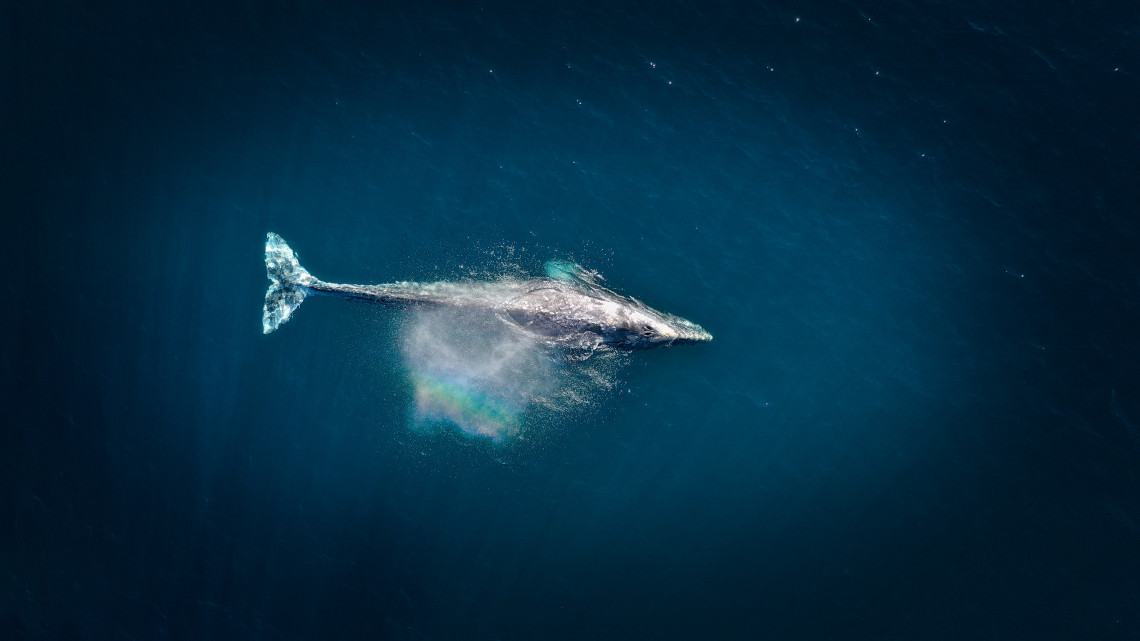
The History of Whale Hunting in the Azores Islands
Even though the practice of whaling was officially deemed illegal way back in 1884, the pastime is still an integral part of the Azores' history. In the latter part of the 19th century, whale hunting first became popular in the Azores due to the strong influence of the crews arriving at the Islands aboard the New England ships that were sailing to the archipelago from America as they stopped here en route to their final destinations.
Are you already in love with the Azores? Take a look at our stress-free packages that allow you to book your ultimate island adventure. All our packages are carefully curated by our team of local Azorean Experts so that you don’t need to worry about any details – just enjoy your trip!
The crews belonging to these voyaging ships began coming to the Azores — first arriving toward the end of the 18th century — specifically to recruit new crew members from the Azores Islands to join them on their whaling excursions. Legend has it that many of the younger boys who left as teenagers around the tender ages of just 13 or 14 never returned after departing on these adventures. However, those among the wayfarers who did return to the Azores brought with them knowledge of the many things they learned — including the ways and customs of whaling — and even the practice itself. Now armed with the newfound knowledge and skills they’d learned from the Americans, the Azores — upon their return home to the Islands — began whale hunting in earnest, officially starting the pastime in the Azores Islands around 1864.
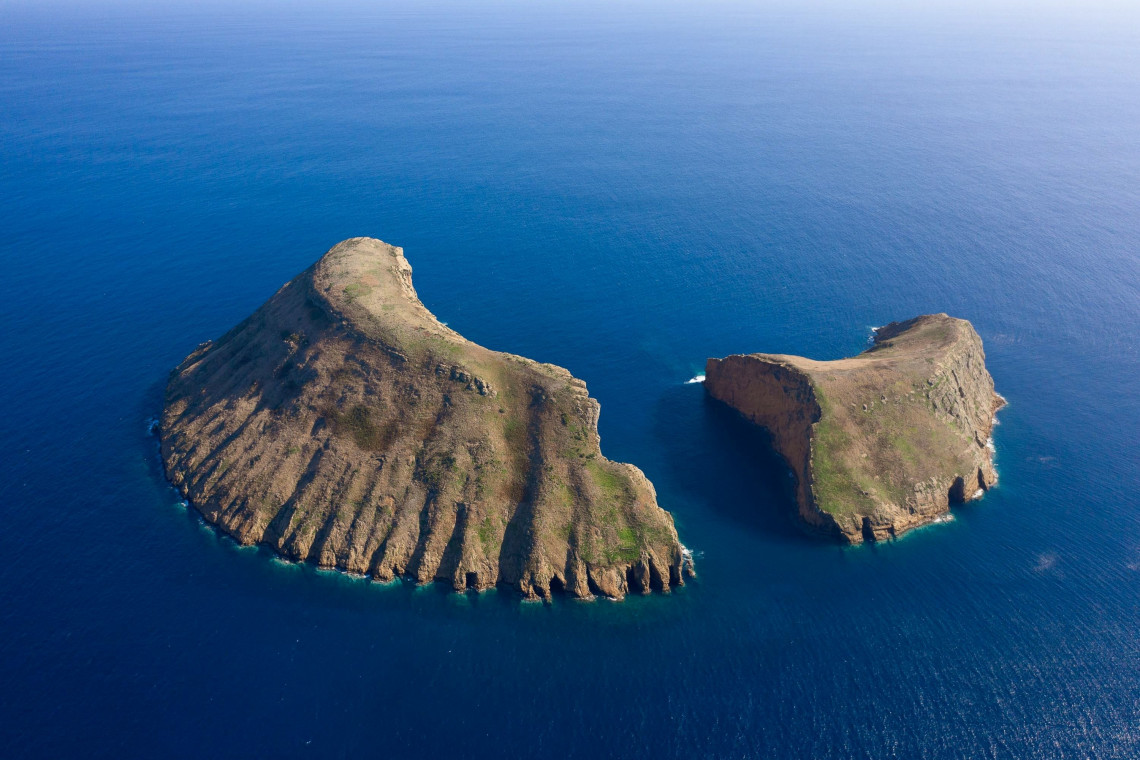
The Current State of Whale Conservation in The Azores
As we spoke of earlier, whaling in the Azores was officially deemed illegal in the year of 1984. Shortly after this decree was made official in the Azores, the last whaling factory in the Islands was closed and the island archipelago shifted its focus to a much friendlier and sustainable activity - whale watching. And let us tell you: Whale watching in the Azores was embraced wholeheartedly, and continues to be a beloved pastime to this day. This makes perfect sense, as its ideal location in the Atlantic Ocean —right between Portugal and North America — offers the Azores a perfect spot to serve as the permanent home and natural point of passage during migration to more than two dozen different types of whale and dolphin species, thus making the Azores Islands one of the world’s largest whale sanctuaries, and a hot whale watching destination!
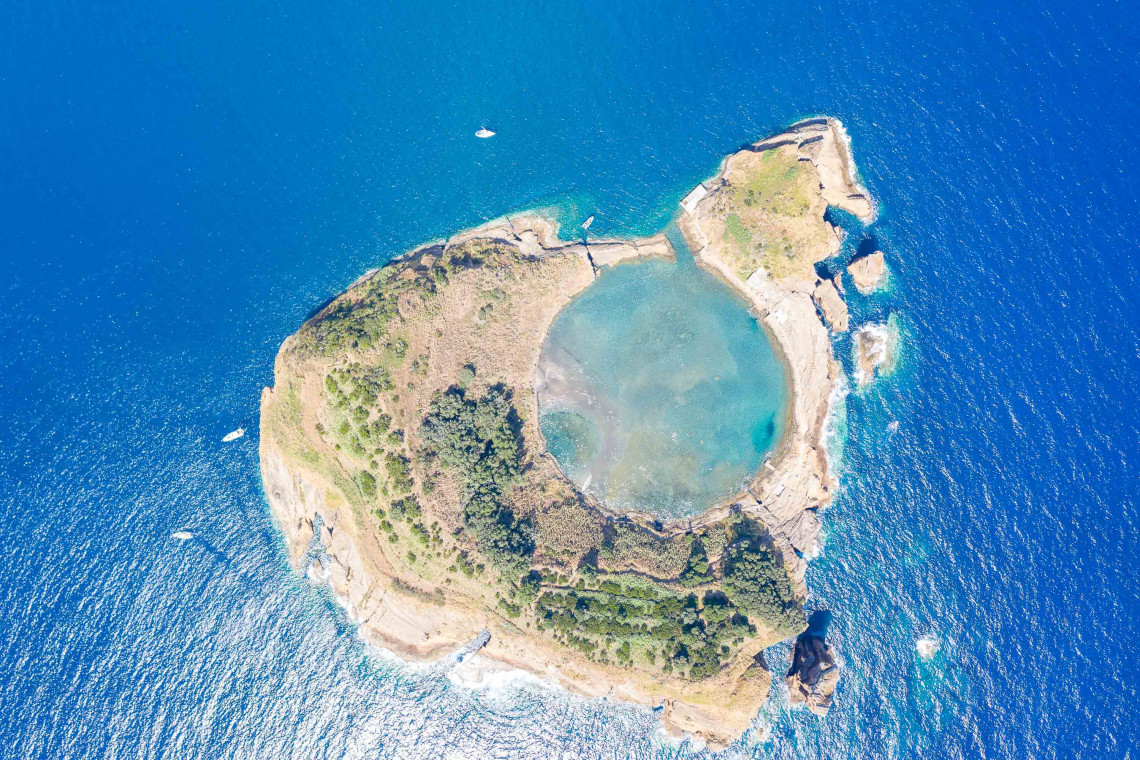
The Thrill of Whale Watching on São Miguel Island in The Azores
On the largest island of the Azores, the island of São Miguel, visitors have the incredible opportunity to spot over 28 species of whales. Travelers have their pick among a slew of experienced, local tour companies offering excellent whale watching in the Azores excursions. Most tours launch from Ponta Delgada in the main marina of São Miguel Island, then sweep the visitor away for an epic and unforgettable cetacean spotting adventure.
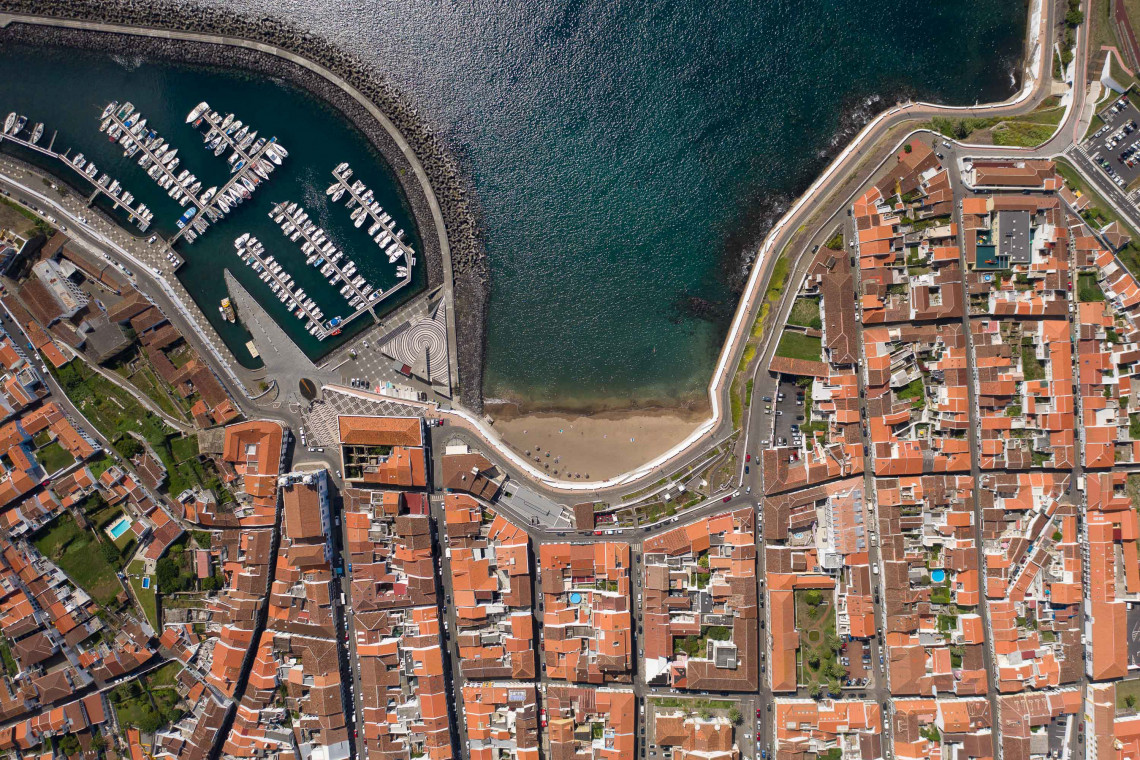
Experiencing the Majestic Whale Watching on Terceira Island
Thanks to the unique location of the Azores Archipelago, it is a vital stop along the whaling migration route of the Atlantic. In fact, more than an estimated 30% of the world’s entire whale and dolphin species pass by the islands on their migratory journey each season.
For this reason, whale watching is possible for visitors to experience all year round, and there is no better place to do just that than on the island of Terceira. Because the island is also a bit more under the radar than some of the other Azores Islands, your whale-watching Terceira experience is more likely to be a smaller, more intimate excursion, far from the maddening crowds.
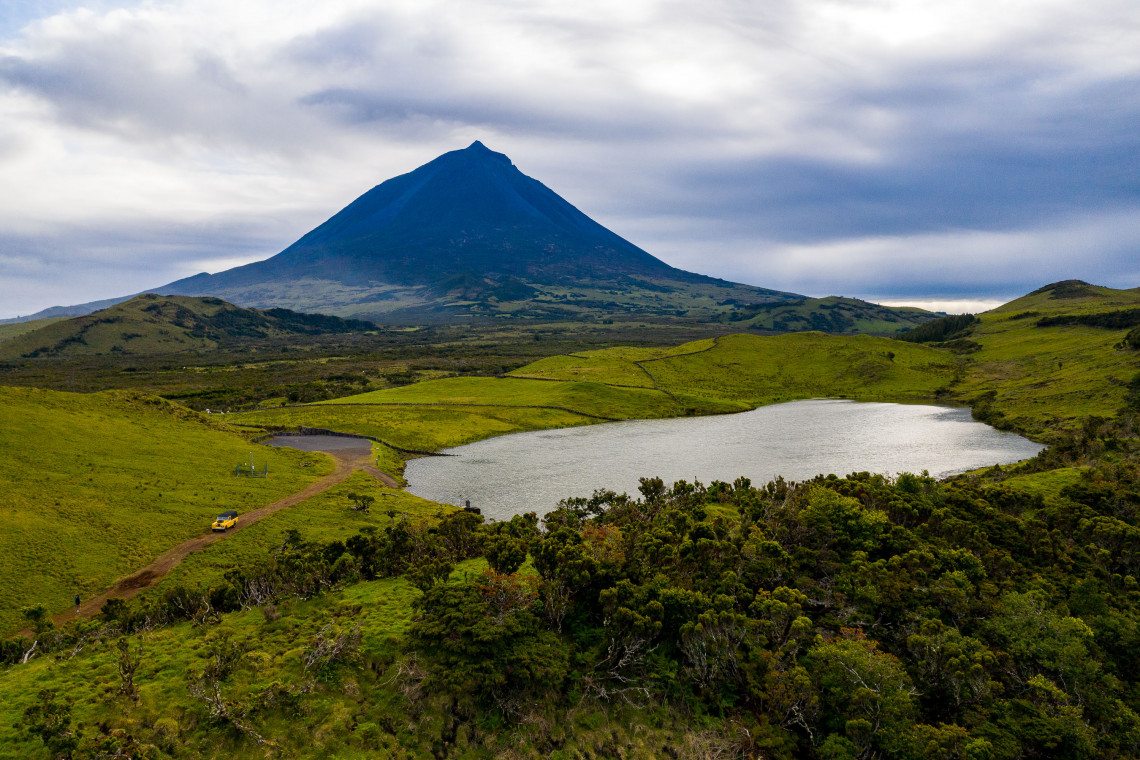
Discovering the Wonders of Whale Watching on Pico Island
More epic whale-watching adventures await on the Azores Island of Pico, which is known to possess an immense diversity and abundance of cetaceans. Pico may be the Azores Island with the most whale species diversity, with more than 20 species of whales and dolphins officially being known to either inhabit — or pass by — the island's ocean channels while migrating each season. For this reason, Pico is often considered to be among the top whale-watching spots in the entire world.
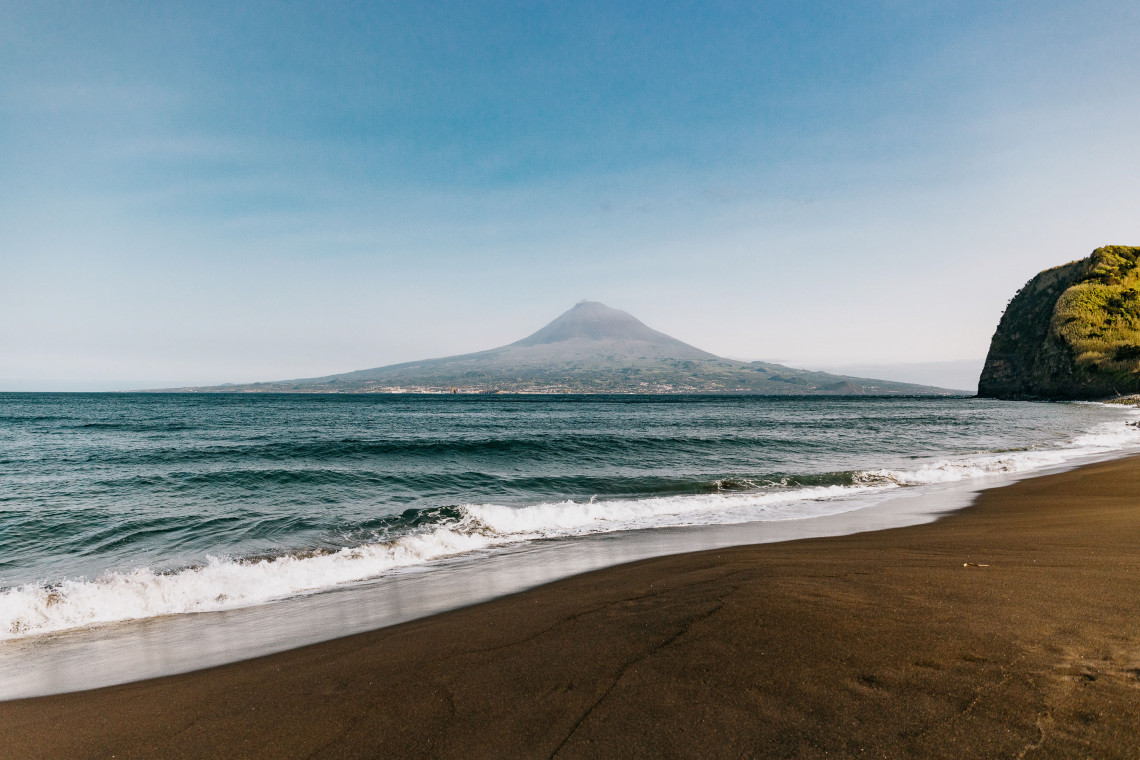
As for Faial, this Azores Island is also a proverbial fantasy land of whale-watching activity. So, if the idea of spotting everything from whales and dolphins to other amazing sea wildlife — turtles, seabirds, and more — excites you, Faial may just be the perfect Azores Island destination for you.

Discovering the Rich Whaling Heritage of the Azores
The integral and intriguing whaling heritage of the Azores has been maintained and restored for cultural purposes specifically, which is a common and understandable thing, but what may surprise many is how much of a priority the archipelago has made of maintaining it for use in sporting purposes.
For example, the beloved Azores island tradition of hosting long beloved sailing regattas using whaler boats is still a common pastime here that continues to be celebrated with great enthusiasm. In the Azores, it is nice to see that the values and memories of whaling have continued to be cultivated, celebrated, and meticulously documented in several museums on various Azores Islands, including the Whaling Industry Museum in Pico Island, the Whaling Station Museum in Faial Island, and the Boqueirão Whaling Museum in Flores, among others.
And speaking of official celebrations and Azores fanfare, a few other regional festivals also honor the bravery of Azorean men connected to the archipelago's seafaring days gone by, like the ‘’Semana do Baleeiro’’ festival in Pico and the ‘’Semana do Mar’’ festival in Faial. ‘’Festa do Baleeiro’’ in São Miguel can also be added to this cherished list of whale-themed fetes due to its location in São Vicente Ferreira, the exact locale where the main Azorean whaling factory once existed.
For your convenience, we've prepared a comprehensive whale-watching guide, ensuring a flawless experience that allows you to make the most of this unforgettable adventure. Get your Whale Watching Guide

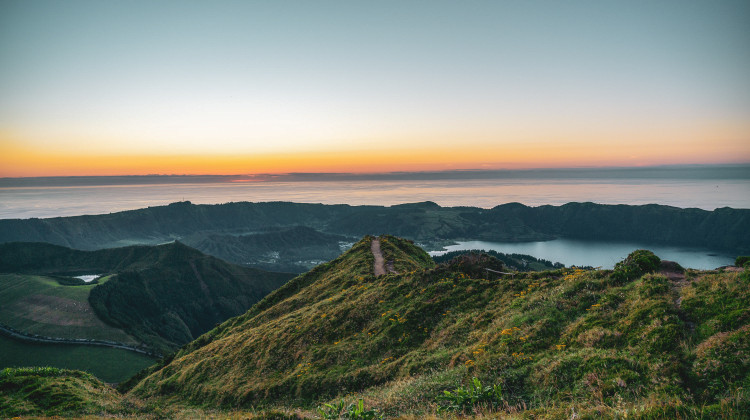
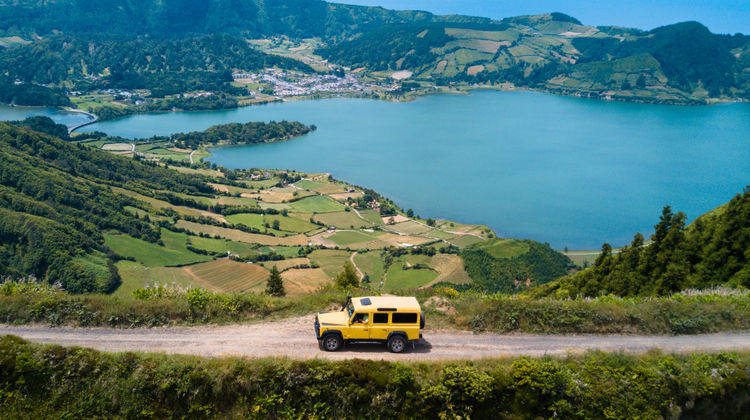
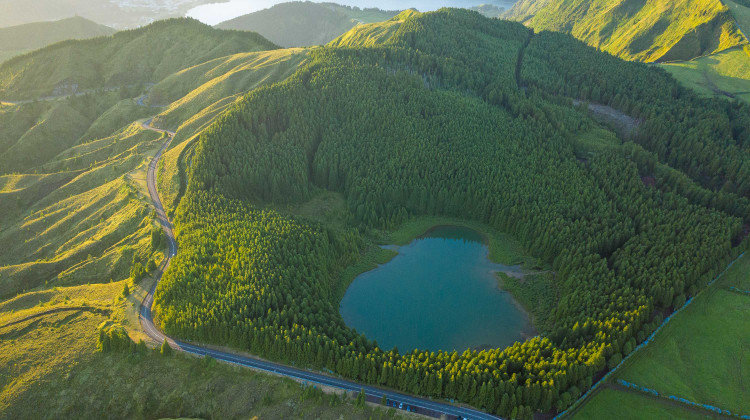
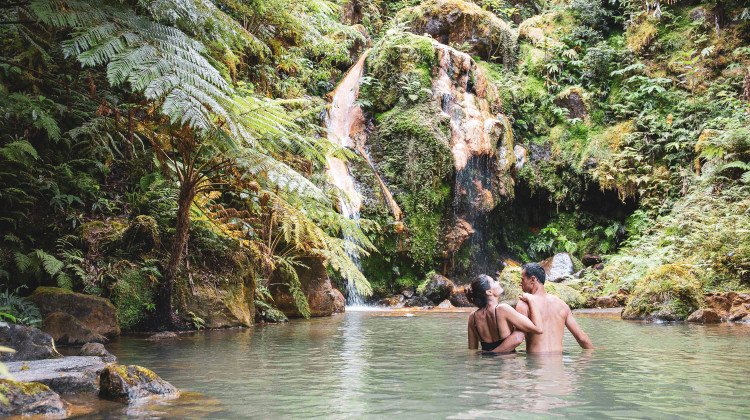
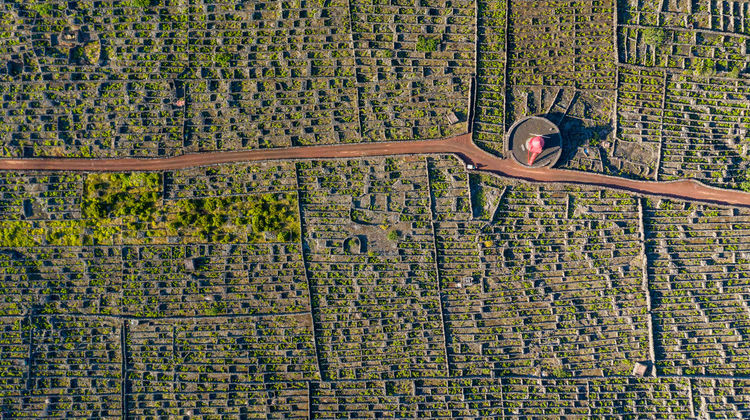
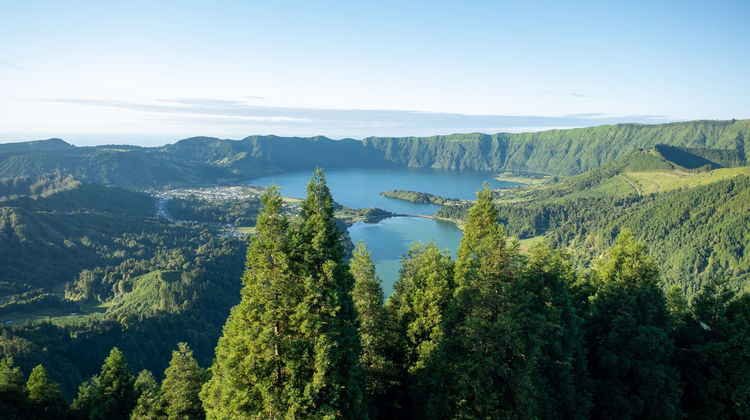
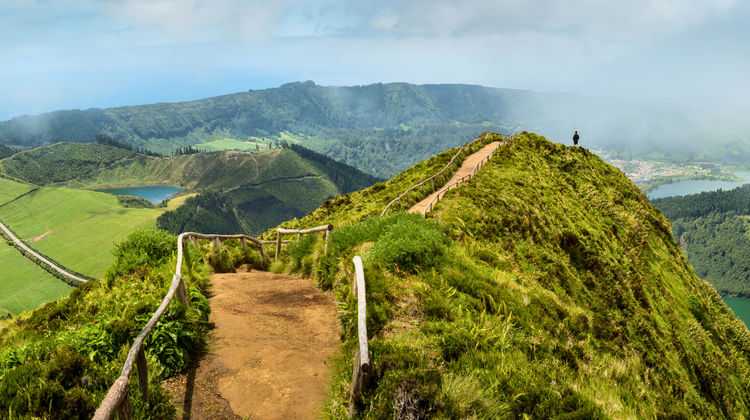
.jpg)


